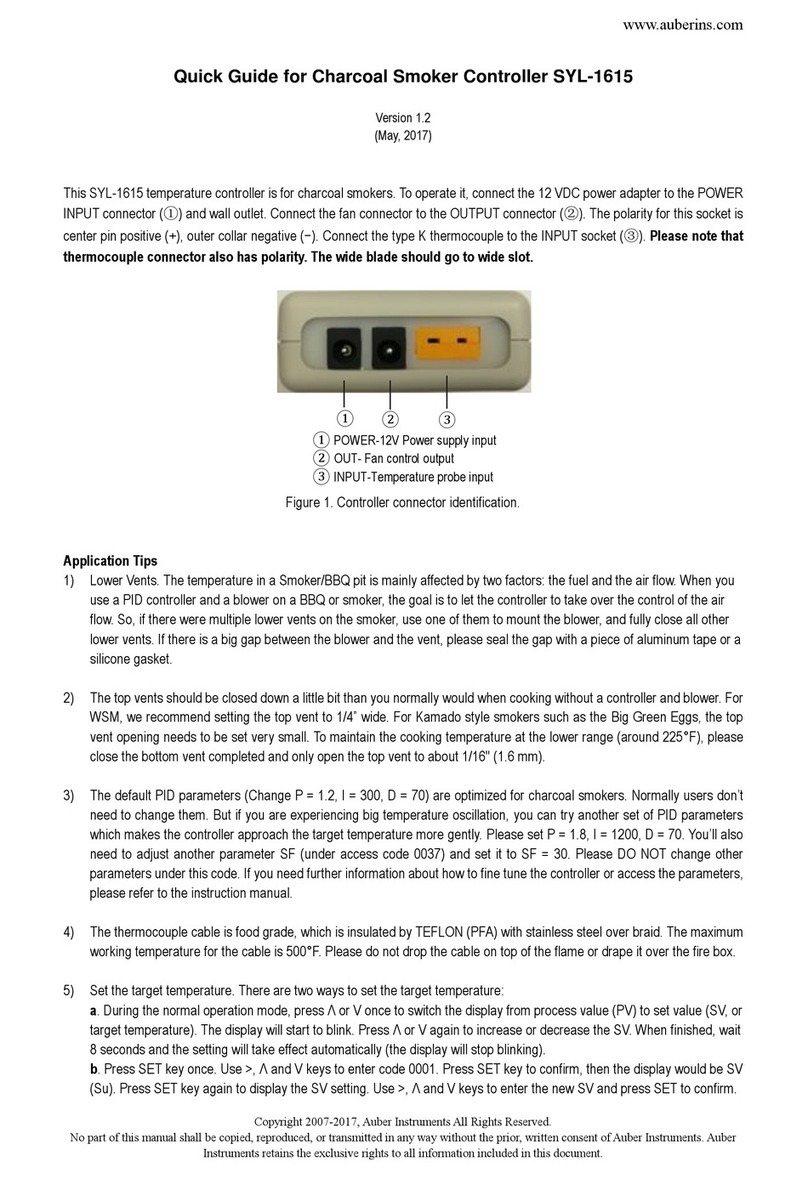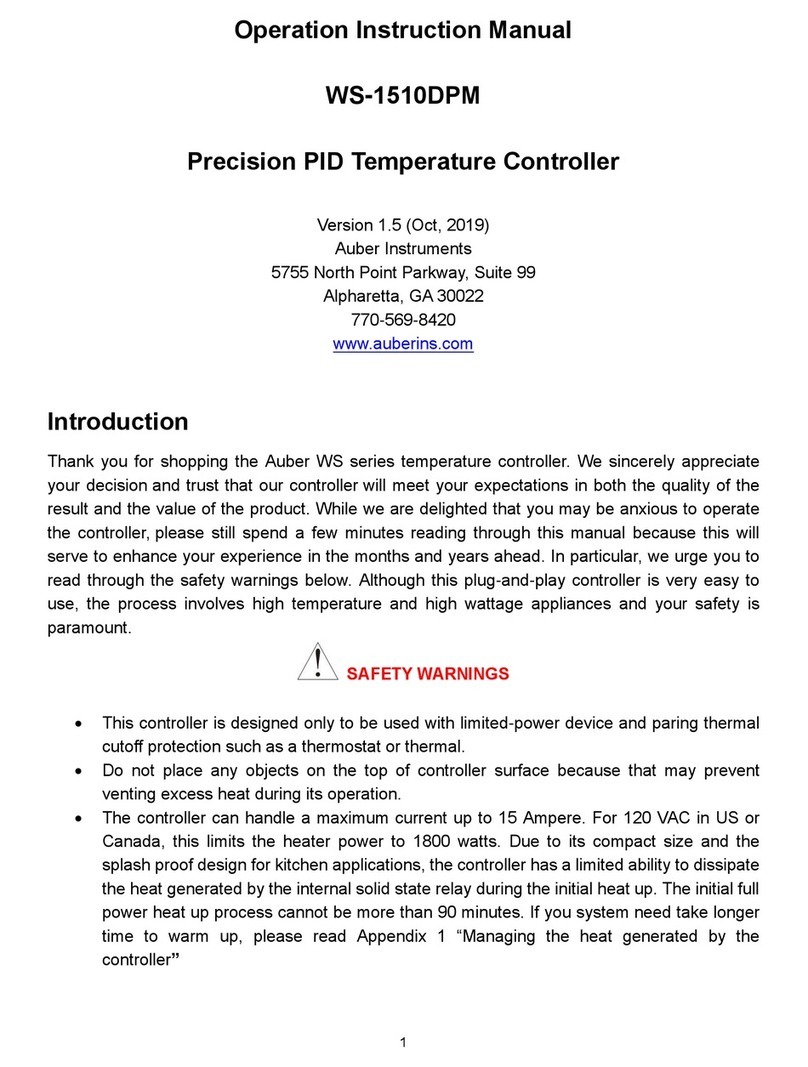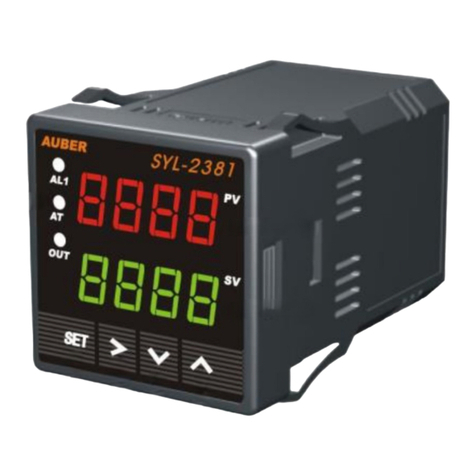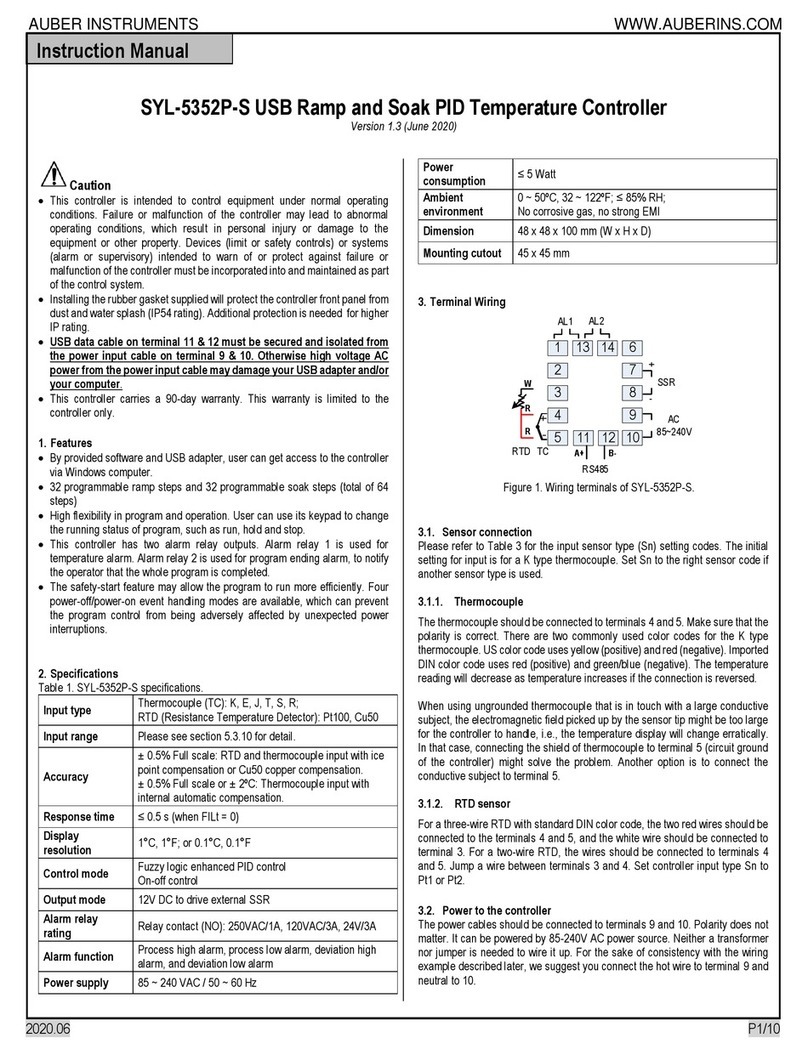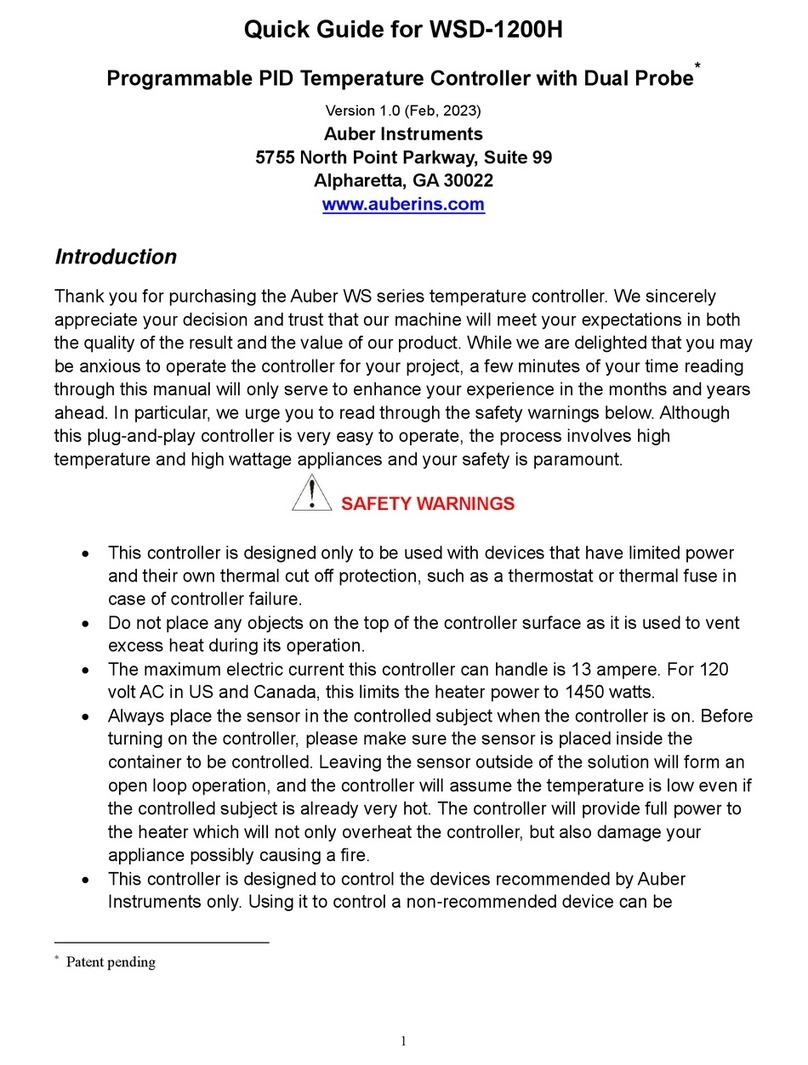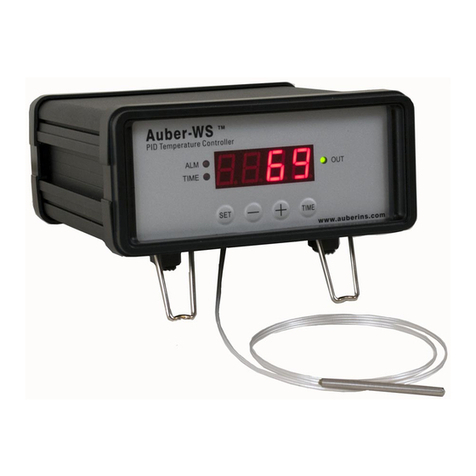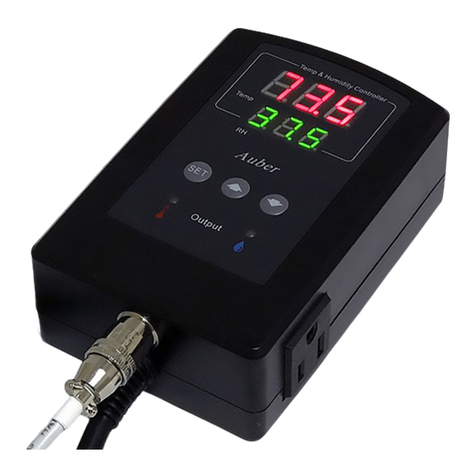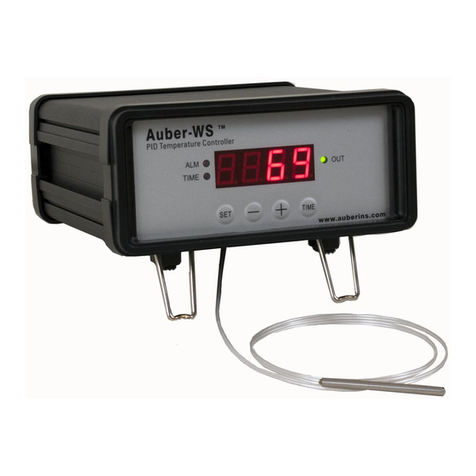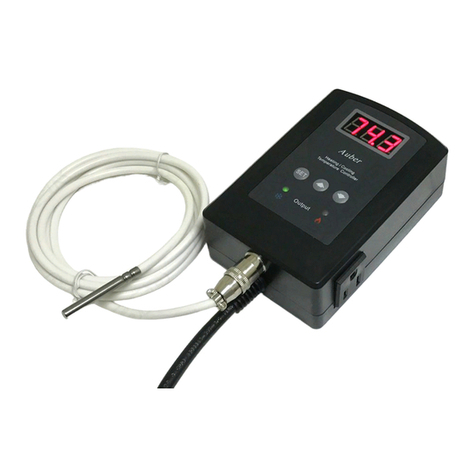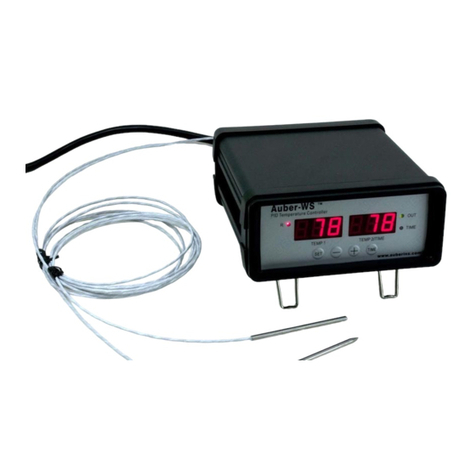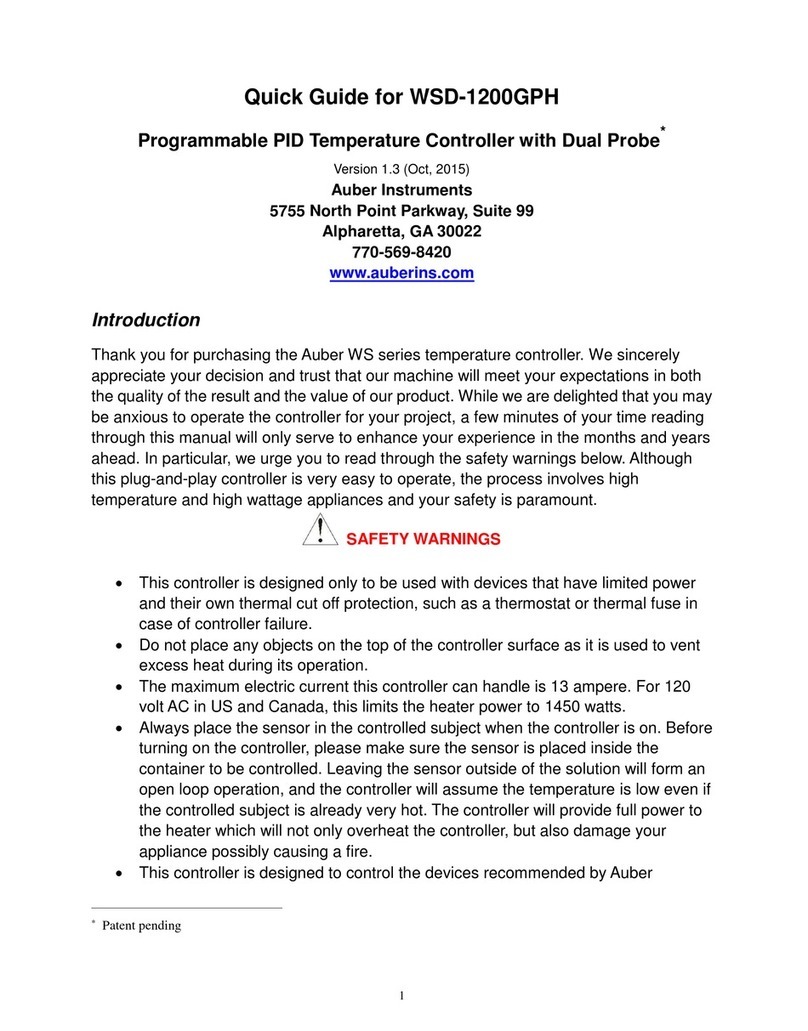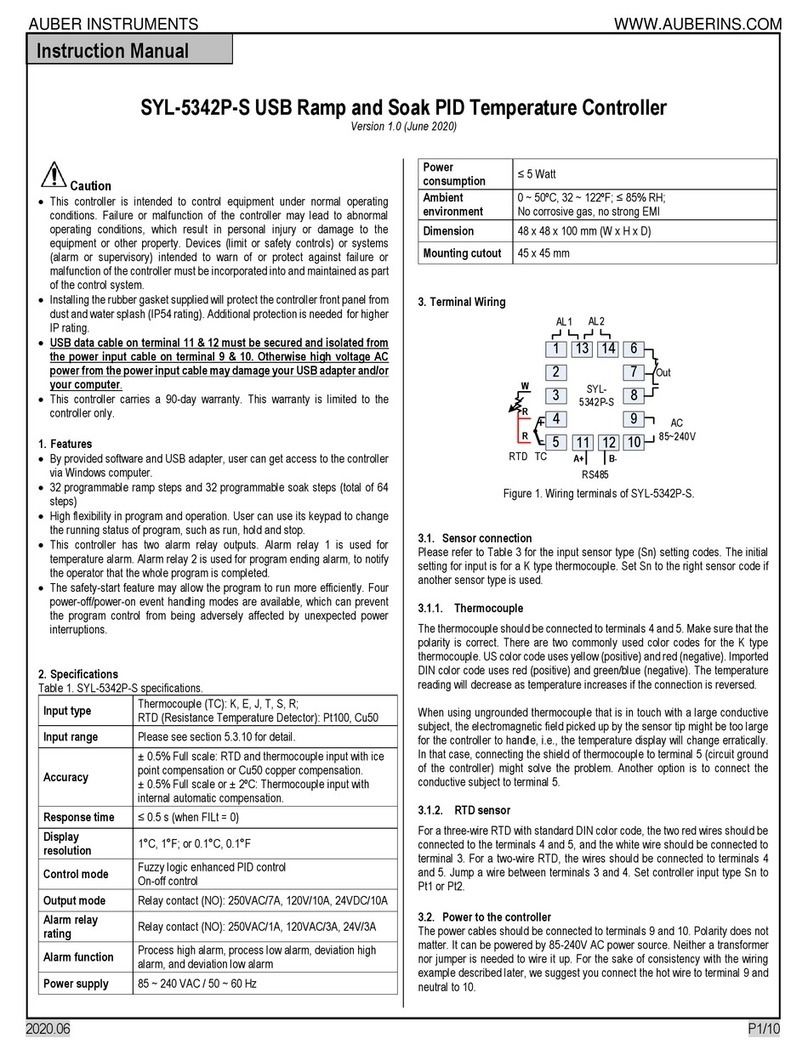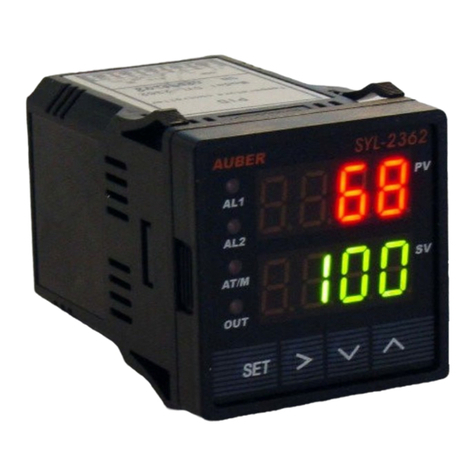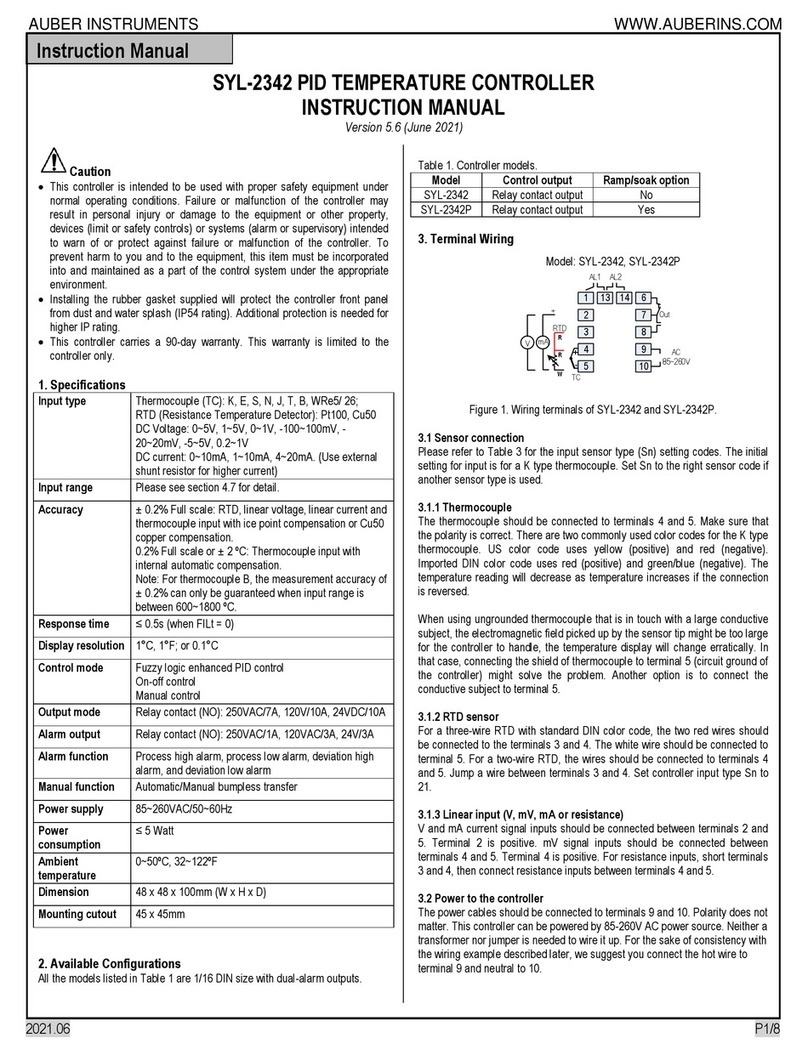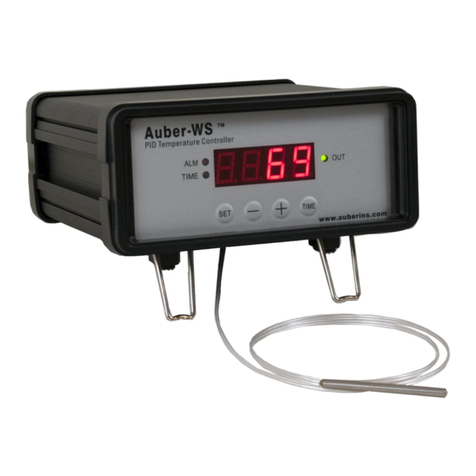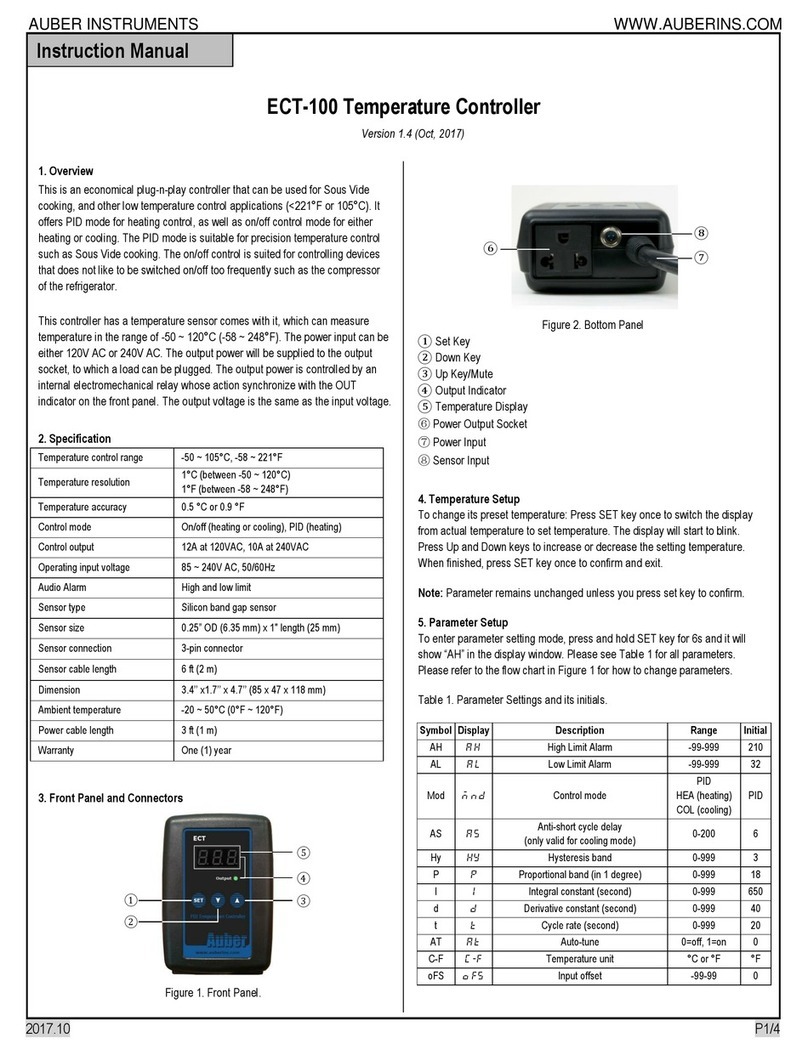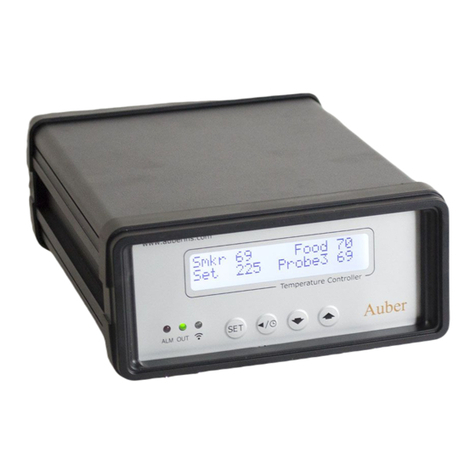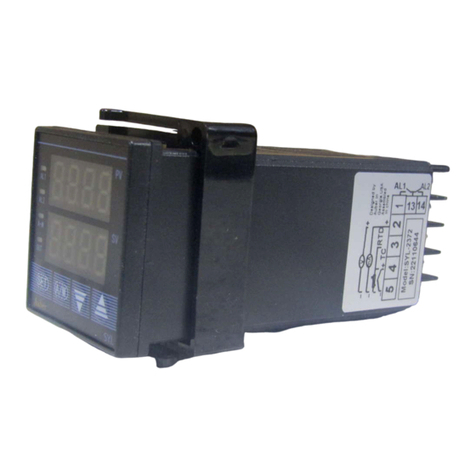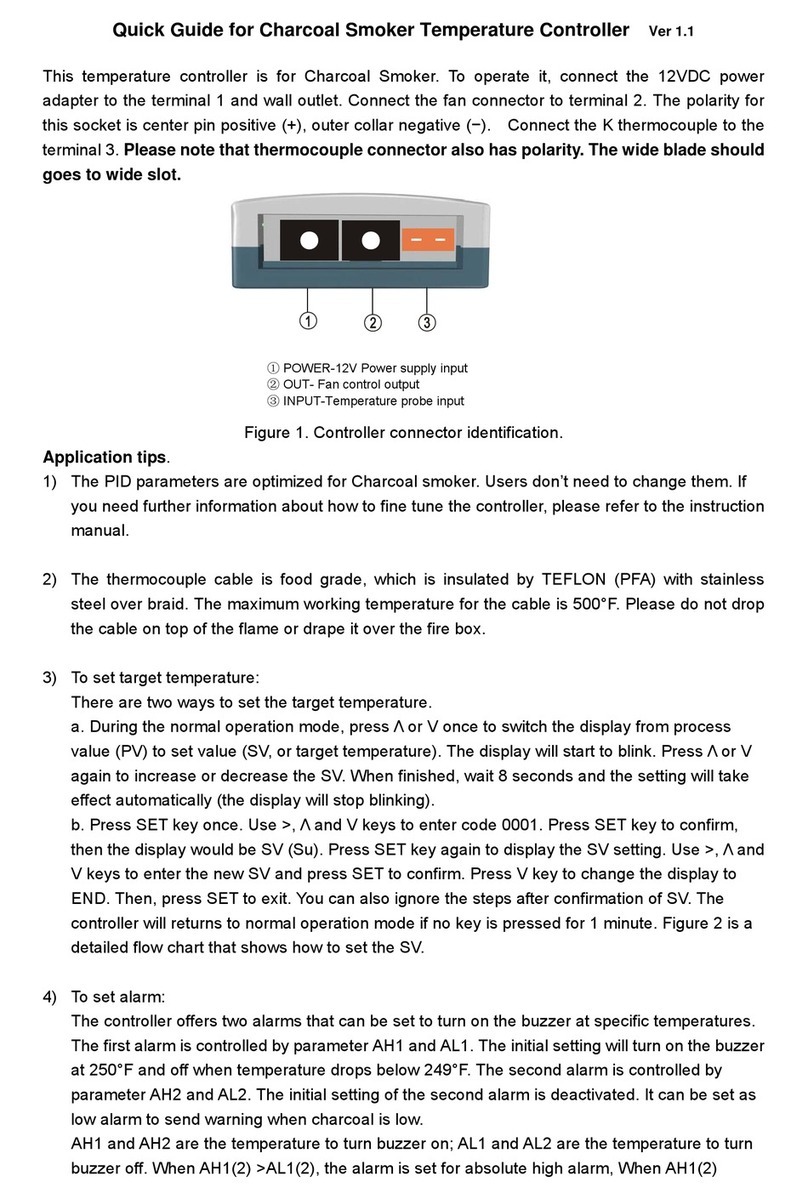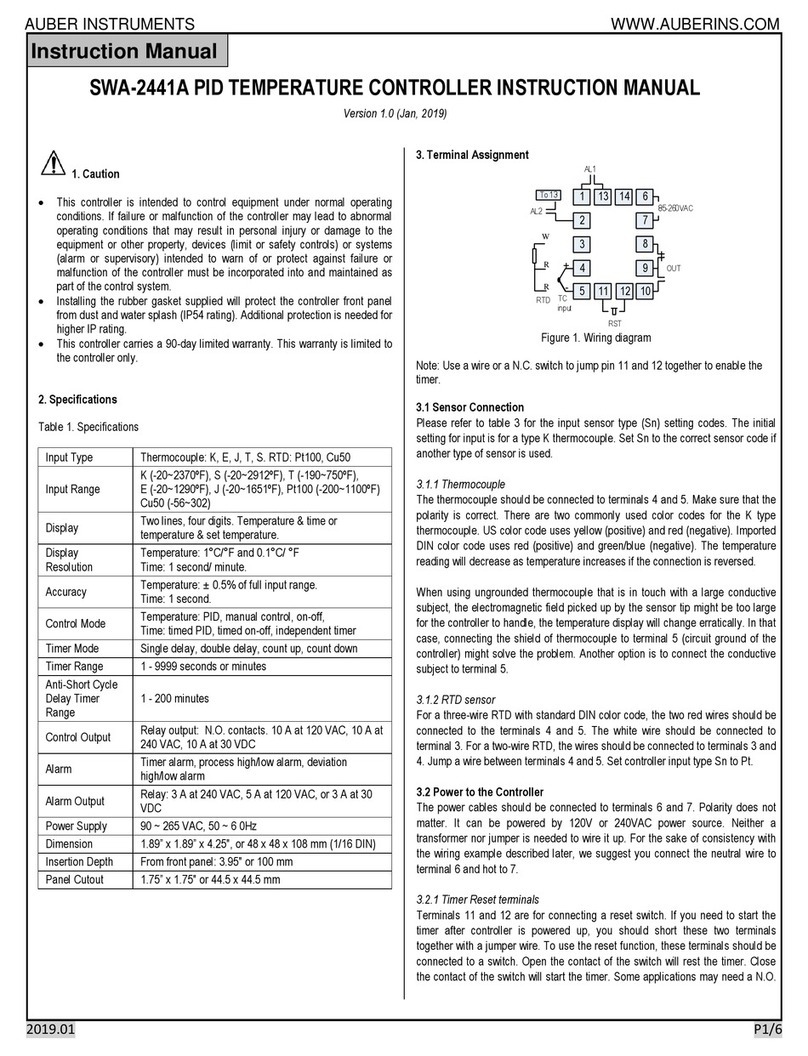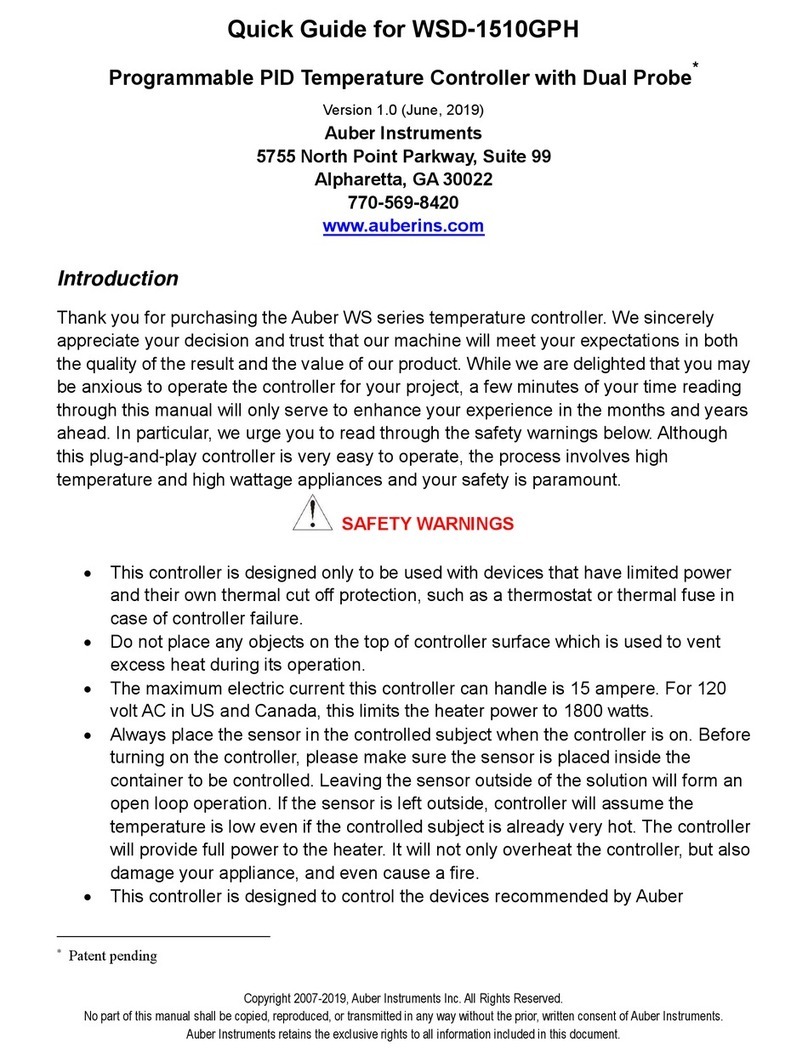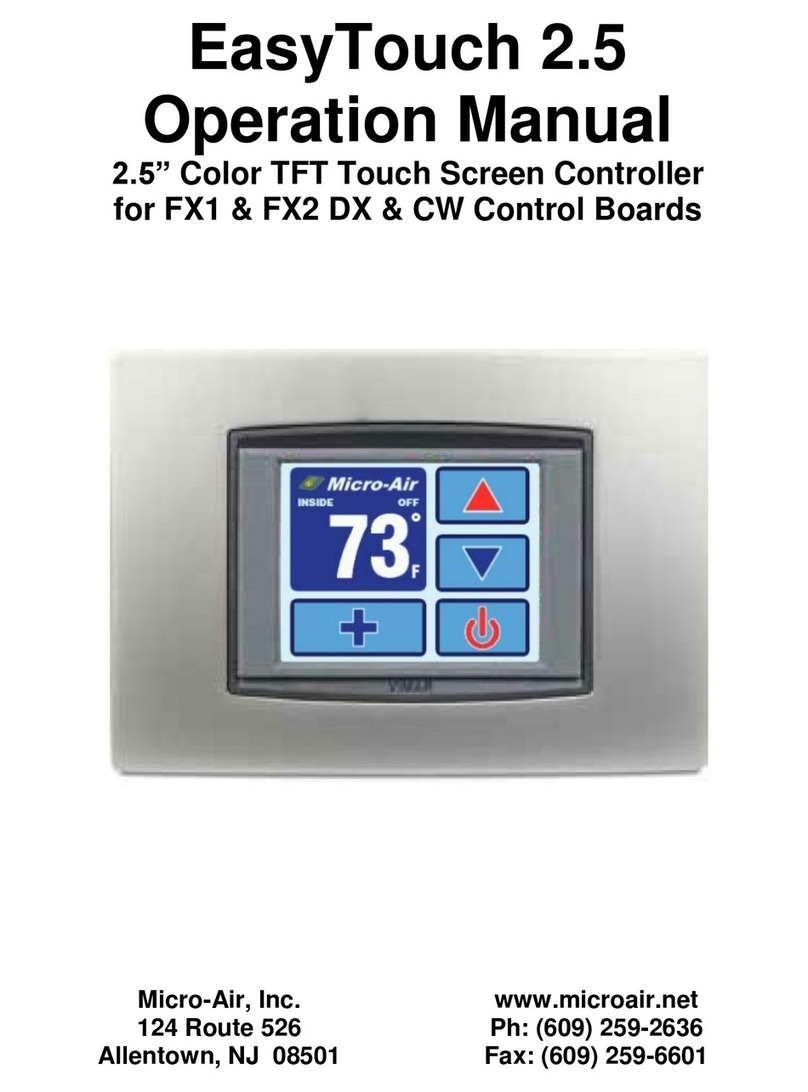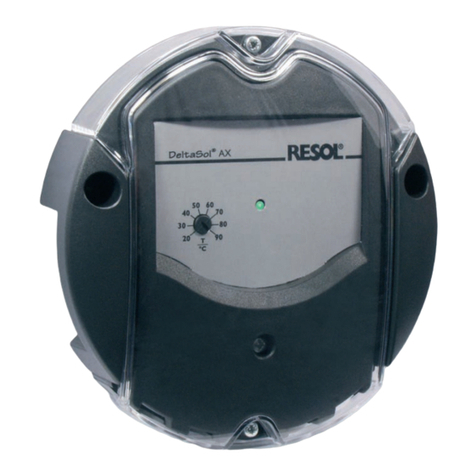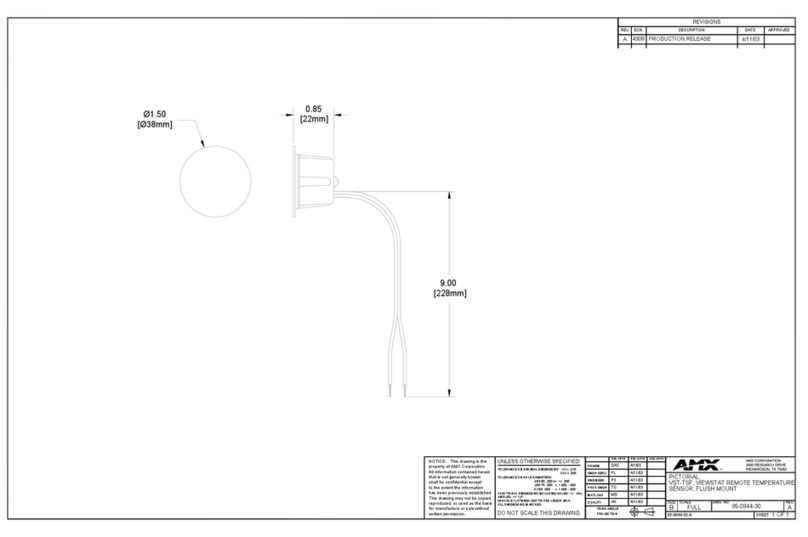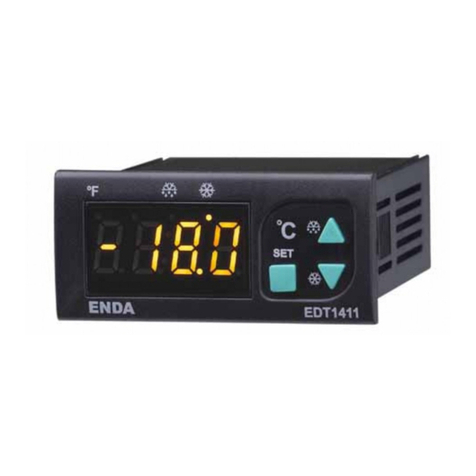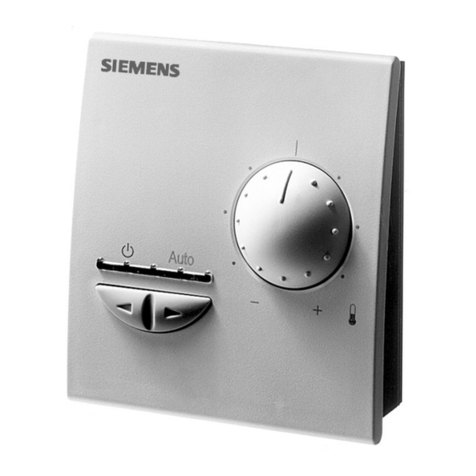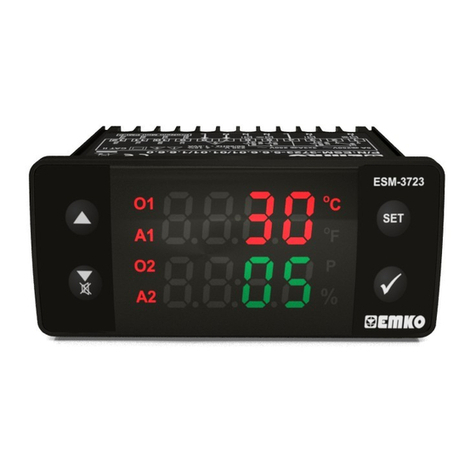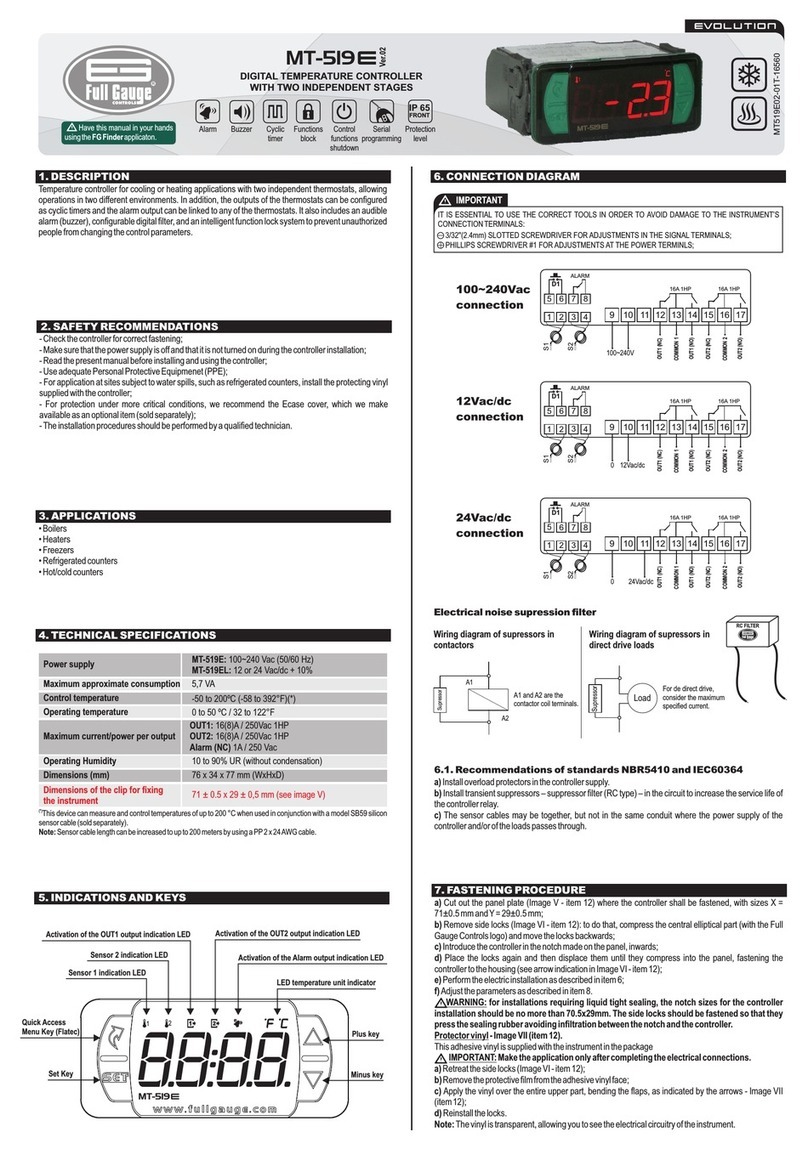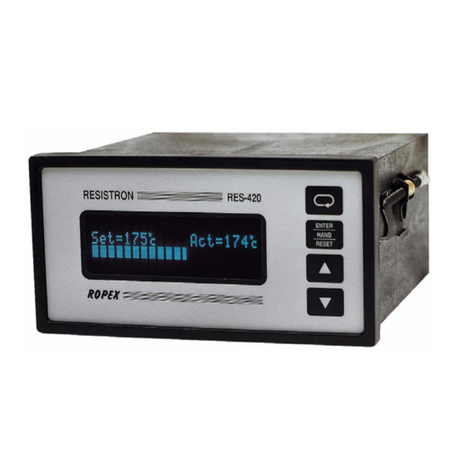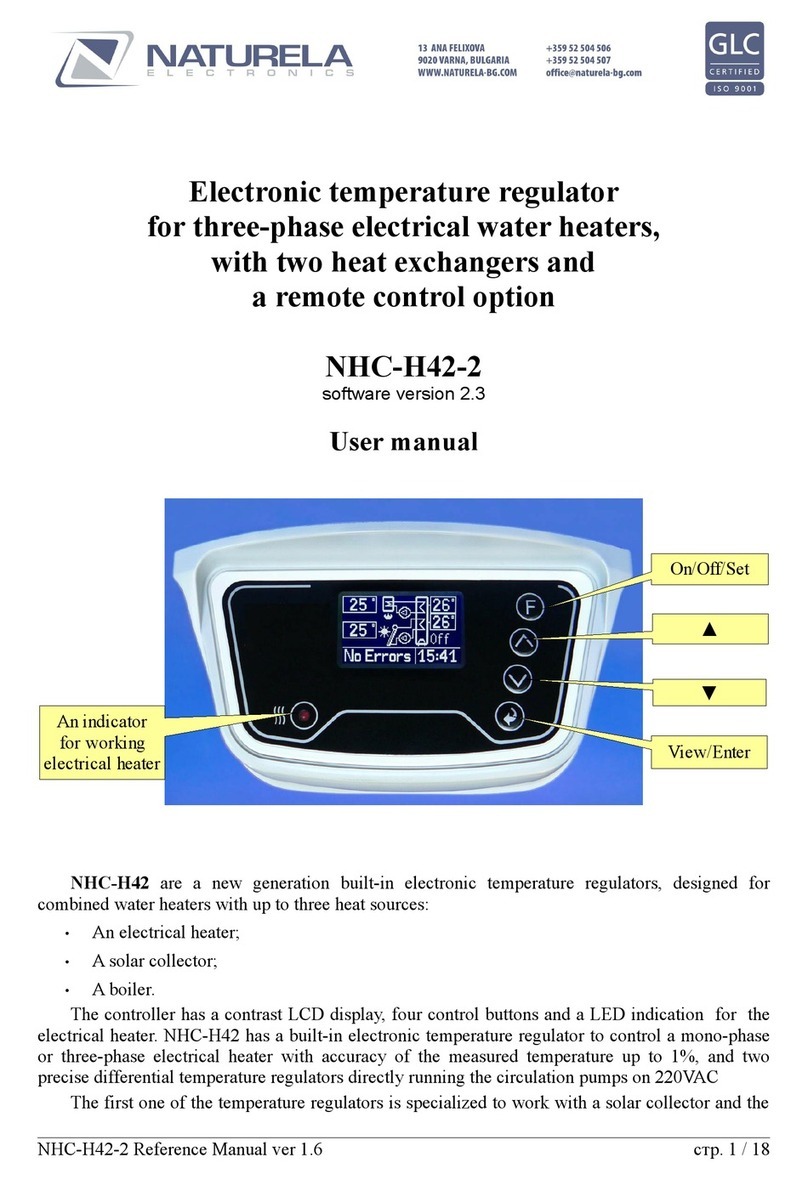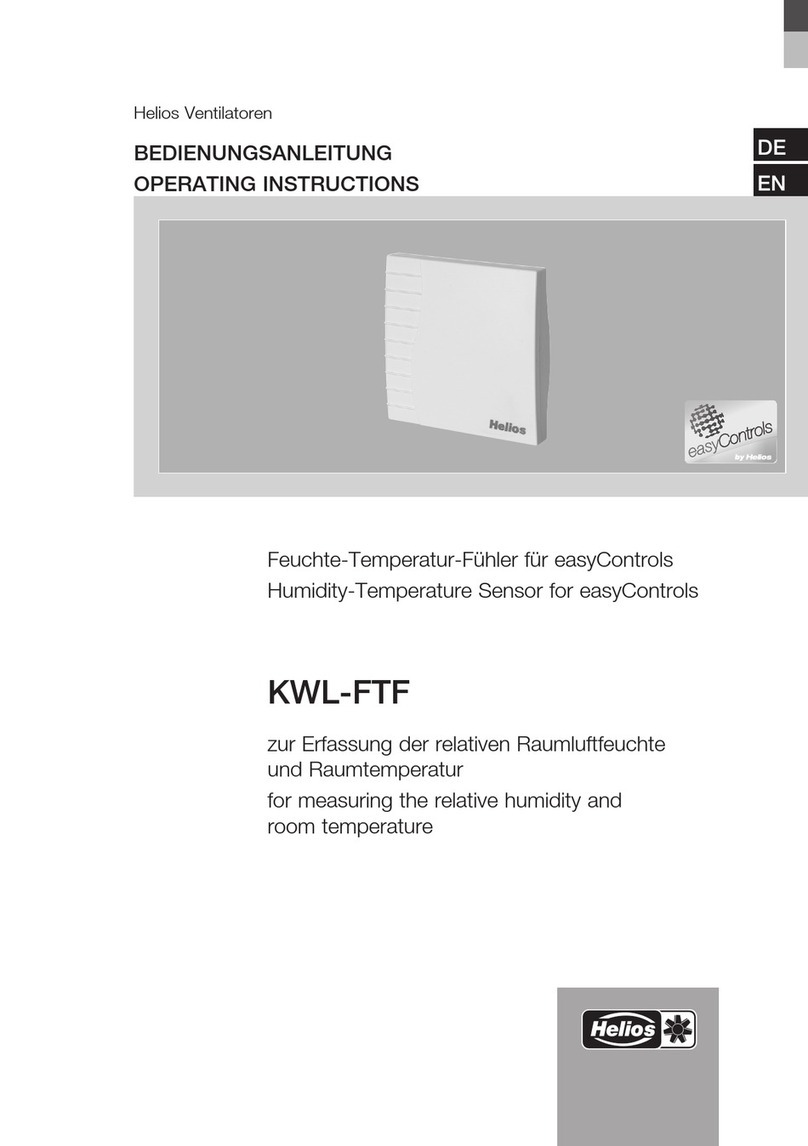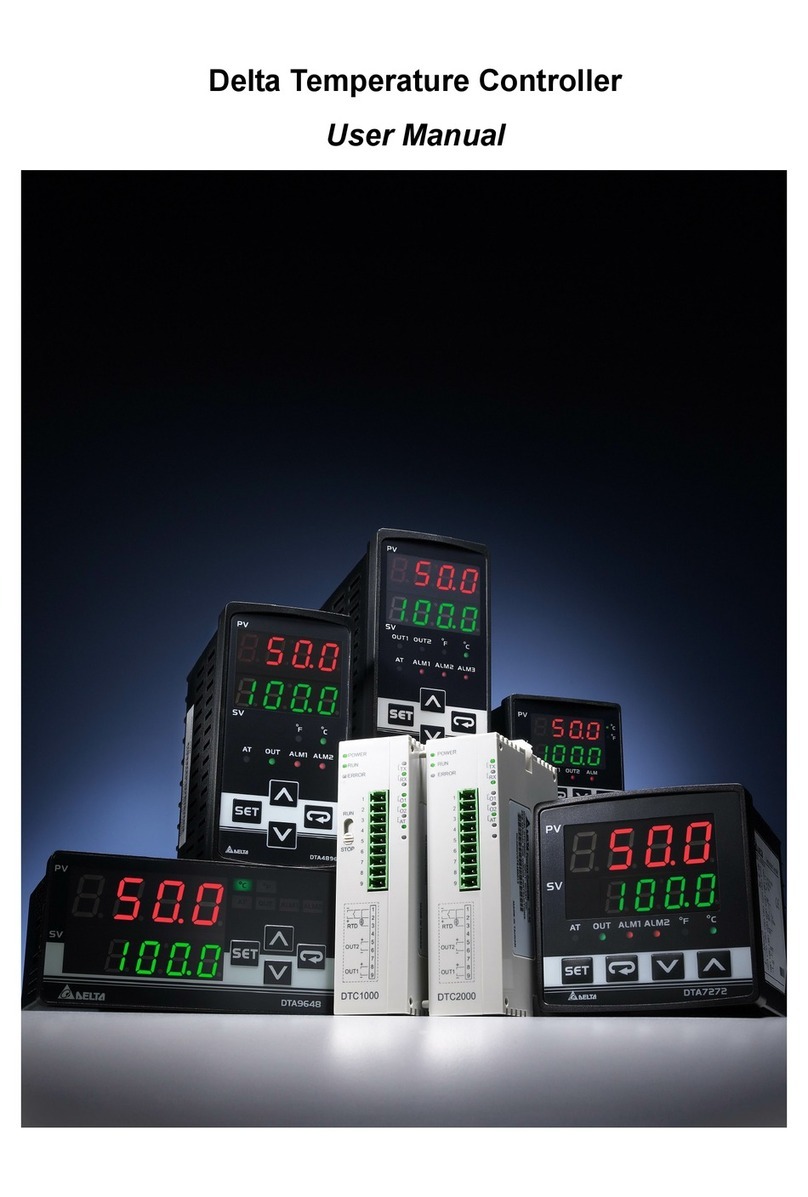
be higher than the alarm temperature.
d) AST is the step ending alarm. When AST is turned on, the buzzer will beep 4 times
when each step is finished. It is useful to notify the user the cooking step is finished. User
can turn it off if no buzzer sound is wanted at the finish of each step.
Note: All alarm can be cancelled during beeping by press the “-”key.
For details on how to use code 188 to access these parameters, please read section 7 of
the main manual.
9. Save and recall recipes
This controller can save up to 8 pieces of smoking recipe (programs). Each recipe file
can have up to 6 steps (C-1 to C-6). For convenience, we have pre-named these 8
pieces of recipe files as B1 (beef), B2, C1 (chicken), C2, F1 (fish), F2, P1 (pork), and P2.
These recipe files are all the same except their names, so you can store your special
recipe to any of them. These recipes can be stored in the memory of the controller even
when it is powered off. You can overwrite the exist recipe with a new one.
9.1 Save a recipe.
After a program has been entered, the user can save this current program as a recipe for
future use. Under the normal operating mode, press and hold SET key for 2 seconds
until the left window shows “LCK”. The right window will show “0”. Use the “+” or “-” key
to adjust the value to “2” (the passcode for saving the program) and then press SET key
to confirm. Then “SAV” will be shown on the left window and “End” on right window. If
press SET key now, you will exit this mode without overwriting any existing programs.
Use “+” or “-” key to select the name of recipe to which you want to store the program. If
you press “+” (or “-” key) repeatedly, you will see “End”, “b1”, “b2”, “C1”, “C2”, “F1”, “F2”,
“P1”, “P2” one by one. Press the SET key again to store your current program under the
selected recipe name. This process will overwrite the current recipe data to the saved
recipe data.
9.2 Recall a recipe.
WARNING: You current program will be overwritten by the selected recipe. Please write
it down somewhere if it is important to you. To recall a recipe, press and hold SET key for
2 seconds until the left window shows “LCK” and then release the SET key. The right
window will show “0”. Use “+” key to adjust the number to “1” and then press SET. Then
“rC” (recall) will be shown on the left window and “End” on right window. This can prevent
your current program been accidently overwritten by a recalled program. Use “+” or “-”
key to locate recipe you want to recall. If you press “+” key repeatedly, you will see
“End”, ”b1”, ”b2”, ”C1”, ”C2”, ”F1”, ”F2”, ”P1”, and ”P2” one by one. After you locate the
recipe that you want to recall, press the SET key to select. Current program will be
overwritten by the selected program.














